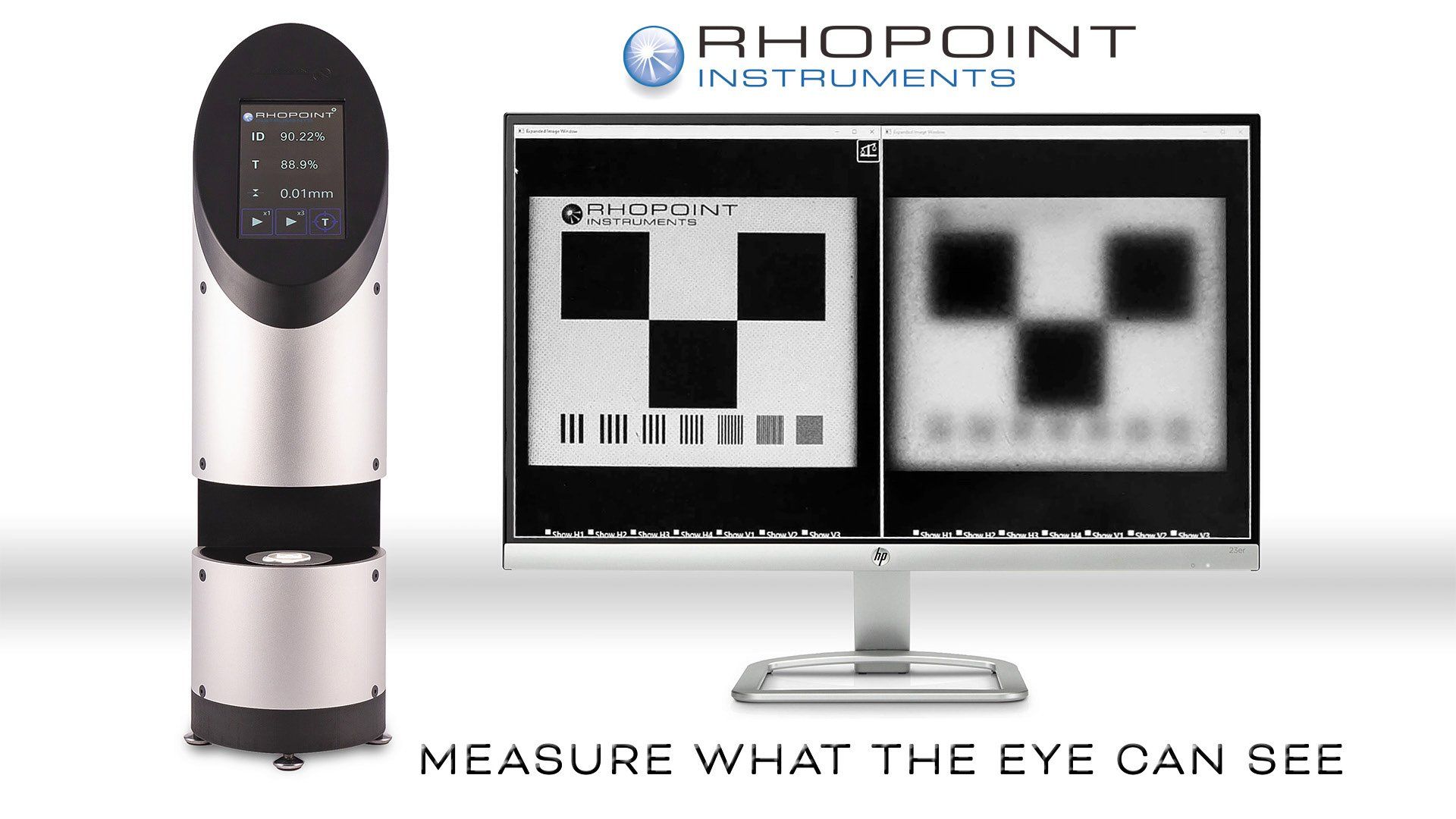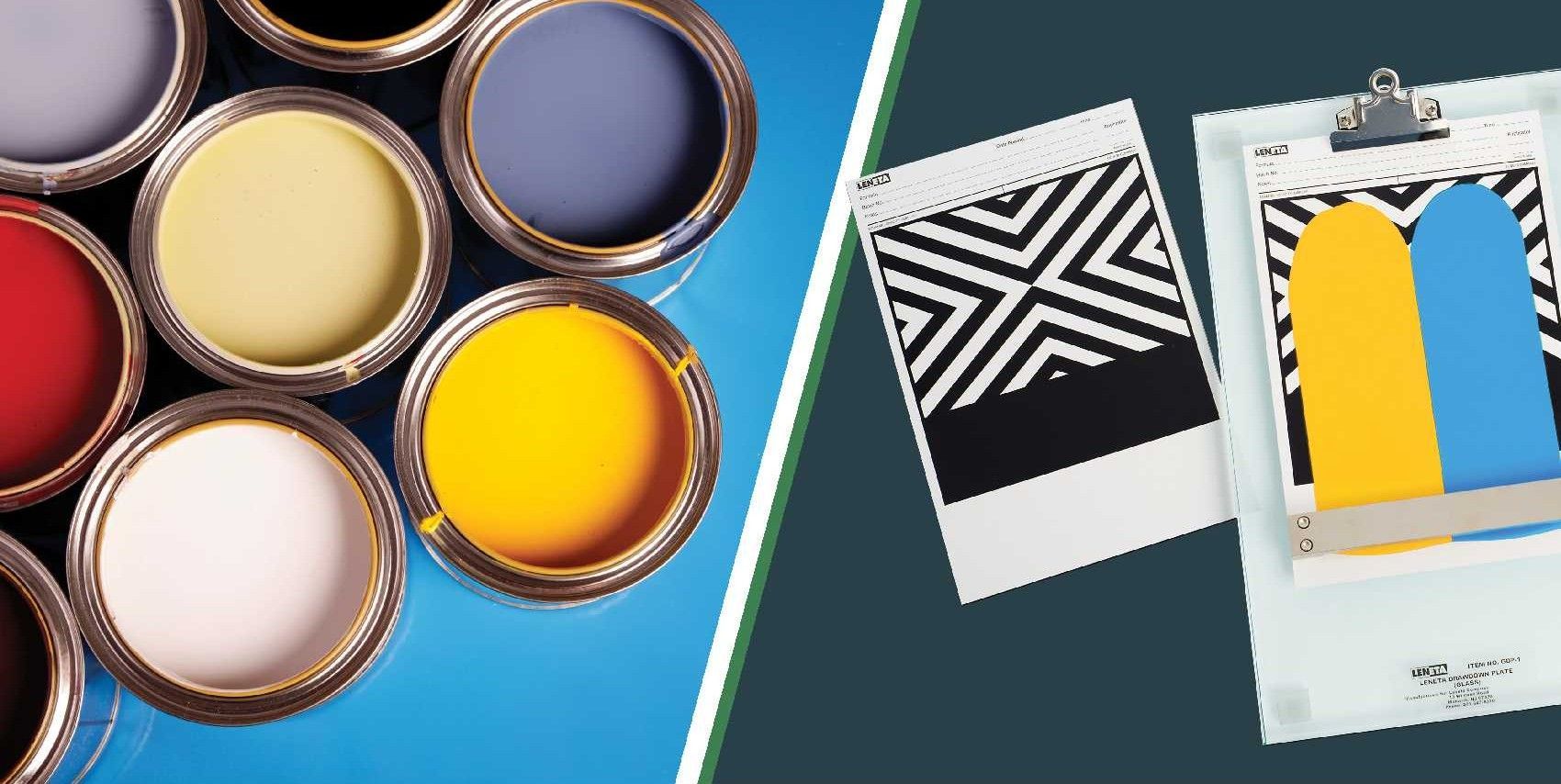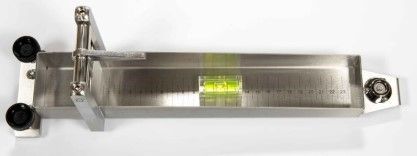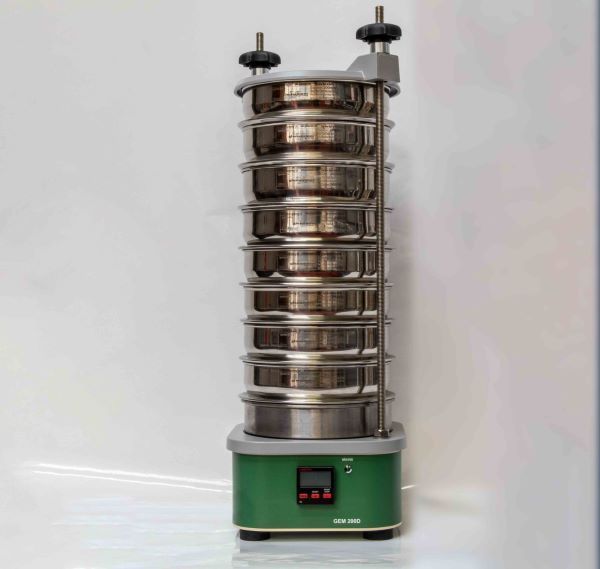Rhopoint ID Imaging Transmission Appearance Meter Released
Rhopoint ID Imaging Transmission Appearance Meter Released

In response to an industry need for an improved method for characterising the transmission characteristics of transparent materials, the Rhopoint ID has been released using a new metric termed Illumination
Diffusion (ID), developed at ETH Zürich.
The cloudy, “hazy” appearance of transparent materials can determine their suitability for specific applications. (Packaging materials are typically highly transparent in order to reproduce the vivid colours and finer details of the product, while cosmetics may require a high opacity.)
A conventional “haze-meter” quantifies the amount of light scattered over a certain range of angles from the direction of the incident beam.
This test method has a number of weaknesses:
– Being based on an arbitrary range of scattering angles, the definition of “haze” does not correlate directly to the human perception of transparency.
– The “haze” metric doesn’t capture the change of a material’s transparency with separation distance between the material and the viewed object – Obviously important for packaging materials which specifically target contact or non-contact applications.
– A typical instrument outputs a single value averaged over a large specimen area. Local defects may not be detected.
Rhopoint ID addresses all the above and quantifies the loss of transparency as Illumination Diffusion (ID), precisely capturing the visual effects of diffuse scattering of light as it passes through a material. Based on an imaging method, it is configured to specifically match the human perception of transparency. The instrument outputs in-contact optical properties, as well as their variation with specimen-to-object separation distance, and can show local specimen areas.




